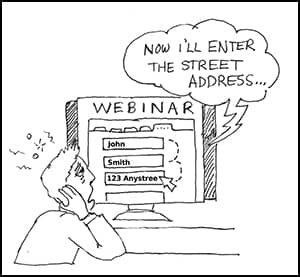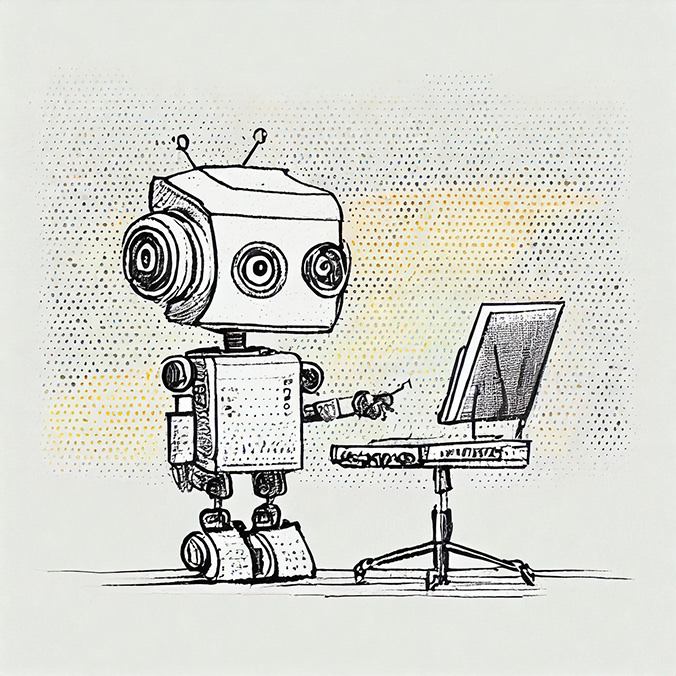
A recent BtoB Magazine article showed that 47% of B2B marketers favor product demos as a lead generation strategy. This may be effective in generating leads — but what about conversions? B2B story telling videos or software demos? Where should your organization be investing your marketing budget?
Through our work with 100 or so technology companies like BMC, Brocade Networks, UPS Logistics, Sterling Commerce (an IBM Company), Taleo (an Oracle Company), we have seen a lot of software demos can only be characterized as lame.
The big problem: lack of demo data
The biggest problem I see over and over in live, online demos, is screens with empty fields — sometimes dozens of them. The demonstrator clicks on tab after tab, typing in nonsense “test” data. As a viewer, I find this frustrating, because I’m really interested in seeing the software at work — What kinds of things do people do with it? How is it better? I don’t want to imagine myself staring at a blank screen. No one likes that. I certainly don’t want to imagine myself typing the first entry in a blank form. I want to imagine myself doing my job more efficiently and effectively, getting some instant insight into interesting problems: that’s what a demo should demonstrate.
Obviously, populating a powerful software application with lots of realistic data that makes people want to see it in action is a lot of tedious work. And actual test data, is apt to be constrained by compliance issues that make it tricky to generate (as explained in this 2-Minute Explainer). That may be the why demos with sparse and uninteresting data seem to be the norm. But lack of imagination doesn’t help.
What makes a good demo?
In a live demo, you can get away with a lot, because it’s interactive — if viewers don’t see what they want to see, at least they can ask about it. And the more personable and knowledgeable the subject matter expert, the less noticeable will be the lack of visual content. Recorded demos, on they other hand, are much less forgiving. They can too easily come off like a series of tutorials on subjects you don’t much care about.
The best demo I’ve seen, for an IT business management solution, told a story, structured around a specific use case. It used as its premise “if the company decreed a 15% across-the-board budget cut, how could a C.I.O. use this software to help other C-level execs make decisions ?” It’s very specific, realistic and intriguing. It did not require any more supporting data than it took to illustrate the story. And, the subject matter experts knew what the data should look like. It enabled the demonstrator to say things like “you could quickly generate this list of projects and their costs [showing a screen] to help your colleague reset priorities.”
In my next post, I’ll talk about mixing your B2B storytelling content-marketing videos with your demo videos to get better results.




